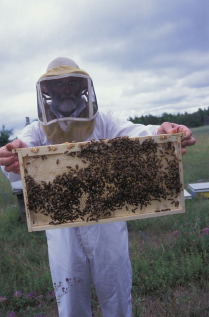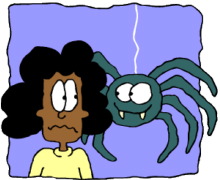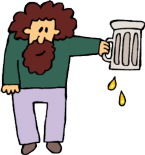Yellow Level | ||||||||||||||||||||||||||||||||||||||||||||||||||||||||||||||||||||||||||||||||||||||||||||||||||||||
Lesson Twohave – present and past tense
“Have” is a verb that has the forms ‘has’, ‘having’, and ‘had’, with have being the base form. It can be either a helping verb or a main verb.
This is a word often used in English, one that will become even more important as your language skills grow. It is important to be able to confidently use have/had. To start you off on the right foot, let’s take a closer look at this word. Today, we will start with only one of its uses.
One way “have/has” is used is to show possession: He has two sisters. I have a small dog. We have class tomorrow.
You use this word to talk about possessing something. Here’s the breakdown of how to use it for different subjects in the present tense:
Talking about something you owned in the past? With this word, it’s nice and easy. Just drop the ve/s and add a d:
This word is going to be an important part of your English language abilities. It is the foundation of conversation. You will need it to talk about your family (“I have a brother”), your schedule (“I have class today”), and your tasks (“I have so much homework”). Later, it will become even more important as you use it as a block to build more complex sentences. So, master it now and learn to use it confidently. It will serve you well in the future of your studies.
Examples:
Questions
Negatives
It’s important to understand in the examples above that the main verb is in the simple form: have Be careful when answering questions that include the verb “have.” Below are examples of how to make the present tense and the past tense negative with verbs other than “have.”
Today I don’t have any work to do. (present tense) Yesterday I didn’t have any work to do. (past tense) I usually don’t eat a big breakfast. (present tense) Yesterday I didn’t eat a big breakfast. (past tense) I don’t see movies very often. (present tense) I didn’t see that movie yet. (past tense)
| ||||||||||||||||||||||||||||||||||||||||||||||||||||||||||||||||||||||||||||||||||||||||||||||||||||||





